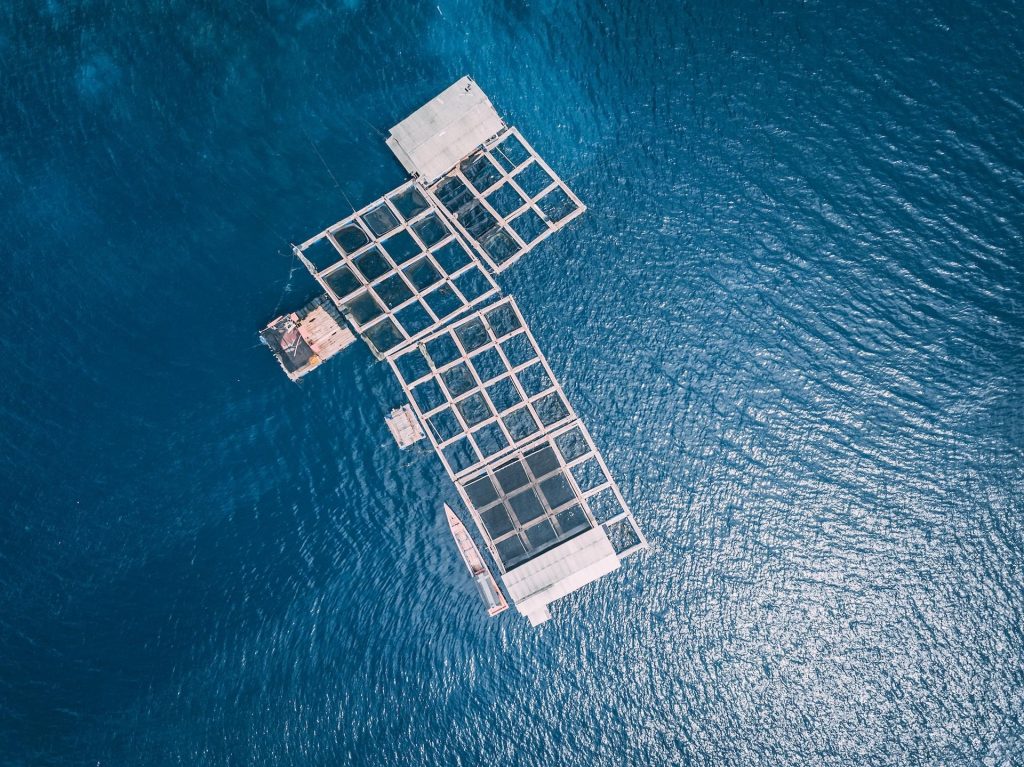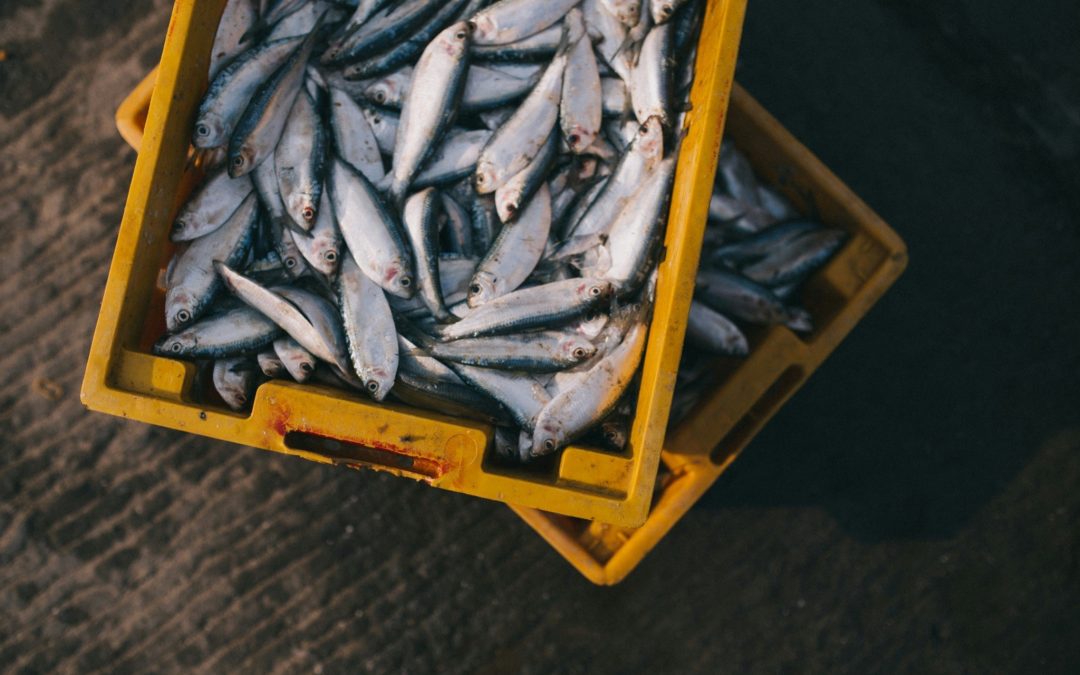Although seafood is a staple of our diet, it remains somewhat mysterious to many. The lack of seafood knowledge among European consumers is quite common, bringing into existence myths and misconceptions that affect the way we consume seafood. In fact, these myths quite often extend beyond the individual consumer, becoming prevalent barriers to responsible seafood consumption.
To tackle this issue and transform how Europeans approach seafood, SEA2SEE is fostering a shift towards informed choices when it comes to food consumption. As a crucial initial step towards this ambitious goal, let’s first examine and debunk some of the most common myths surrounding seafood.
Myth nº1: Seafood is not safe to eat or seafood is unhealthy
Some beliefs about seafood consumption are deeply ingrained, making them really hard to change. They often revolve around health concerns, such as the presence of microplastics or mercury in fish, which are believed to make seafood consumption risky. However, most of these beliefs are not always true.
Regarding mercury in fish, it’s important to note that not all fish contain the same levels of mercury. The highest amount of mercury is found in predatory fish, such as tuna, swordfish, marlin and northern pike[1]. Opting for fish with lower mercury content, and incorporating a balanced consumption of these with slightly higher levels in a well-rounded diet ensures their safe consumption. Furthermore, studies are being conducted on how various culinary techniques, such as frying, boiling, grilling as well as proper seasoning can affect the concentration of heavy metals in seafood species[2],[3].
As for microplastics, while they exist, the quantities present in seafood are minimal. In most fish and crustacean species, microplastics are detected only in the gastrointestinal tract, which is commonly not eaten, and when present, only a tiny ampunt is usually found. Bivalves are probably the primary source of microplastics when consuming seafood. Preliminary assessments have suggested that the contribution of hazardous chemicals from microplastics for top consumers of bivalves is minimal compared to other sources. Based on the current knowledge of microplastics in seafood, there is no evidence that the safety of such highly recommended food is compromised [4]. While some species may contain trace amounts of microplastics, studies consistently show that the health benefits of consuming seafood, especially fish rich in omega-3 fatty acids, outweigh the potential risks [5],[6]. Furthermore, additional factors, such as the type of fish, the frequency of consumption and the meal size are essential for the balance of the health benefits and risks of regular fish consumption.
Myth nº2: Fresh seafood is better than frozen
Another common misconception is related to frozen seafood. The myth suggests that frozen seafood is worse in terms of taste and nutritional value than fresh seafood. Conversely, the latest freezing and preservation technologies, coupled with emerging trends in seafood processing methods, can lock in nutrients and maintain the quality of seafood for long periods of time [7]. When done properly, freezing extends the shelf life of seafood without compromising its nutritional value. It’s worth noting that naturally frozen fish can even contain more vitamins and minerals than their wild counterparts, as they are frozen on board right after having been caught, thus preserving their peak nutritional value.
Myth nº3: Farmed fish quality is lower
There’s a misconception that farmed seafood is less nutritious and of lower quality than wild seafood. However, research indicates that both types provide essential nutrients [8]. It is little known that farmed seafood is produced under controlled conditions, enabling consistent quality. Moreover, in marked contrast to wild-caught fish, with aquaculture it is also possible to improve the nutritional quality of the flesh of the cultured fish or other seafood species, and consequently enhance its potential health value, by dietary adjustments and/or nutrient fortification [9]. Notably, the European aquaculture system, considered one of the safest globally, ensures rigorous standards. In Europe, aquaculture production undergoes licensing and monitoring procedures, emphasizing a commitment to safety and quality.
Myth nº4: Aquaculture is not sustainable
Some people believe aquaculture is not sustainable and bad for the environment. Contrary to the misconception, ongoing efforts are being made to address and improve any potential environmental concerns associated with aquaculture [10].
EU countries must comply with strict requirements under both EU legislation and national standards to ensure that aquaculture respects human and animal health, and the environment [11] [12]. It is widely accepted that the impact caused by aquaculture would be minimised or negated by the adoption of appropriate culturing procedures and environmental safeguards, including regulatory, control, and monitoring procedures. The practice of absolute transparency and traceability by the aquaculture sector is the new norm since consumers who purchase aquaculture products to feed their families should know where and how their food was produced [13].
Aquaculture also has the potential to address some of the most pressing challenges we face today. These include ensuring food security and reducing the pressure on wild fish populations. Moreover, aquaculture can provide consumers with healthier and more sustainable food alternatives.

To fight against all these common myths and increase seafood literacy among European consumers, SEA2SEE project is developing an innovative blockchain-based platform and implementing a stakeholders’ engagement strategy for boosting sustainable seafood visibility, social acceptance and responsible consumption in Europe. By fostering engagement and embracing transparency, SEA2SEE aims to empower consumers with accurate details about seafood products, debunking dominant myths.
Contributor: Submon
[1] Mania M, Wojciechowska-Mazurek M, Starska K, Rebeniak M, Postupolski J. [Fish and seafood as a source of human exposure to methylmercury]. Roczniki Panstwowego Zakladu Higieny. 2012 ;63(3):257-264. PMID: 23173330.
[2] C.L. Mieiro, J.P. Coelho, M. Dolbeth, M. Pacheco, A.C. Duarte, M.A. Pardal, M.E. Pereira (2016) Fish and mercury: Influence of fish fillet culinary practices on human risk, Food Control, Volume 60, Pages 575-581, https://doi.org/10.1016/j.foodcont.2015.09.006.
[3] Liao W, Wang G, Zhao W, Zhang M, Wu Y, Liu X, Li K. Change in mercury speciation in seafood after cooking and gastrointestinal digestion. J Hazard Mater. 2019 Aug 5;375:130-137. doi: 10.1016/j.jhazmat.2019.03.093. Epub 2019 Mar 21. PMID: 31054530.
[4] Esther Garrido Gamarro, John Ryder, Edel O. Elvevoll & Ragnar L. Olsen (2020) Microplastics in Fish and Shellfish – A Threat to Seafood Safety?, Journal of Aquatic Food Product Technology, 29:4, 417-425, DOI: 10.1080/10498850.2020.1739793
[5] José L. Domingo, Ana Bocio, Gemma Falcó, Juan M. Llobet, (2007) Benefits and risks of fish consumption: Part I. A quantitative analysis of the intake of omega-3 fatty acids and chemical contaminants, Toxicology, Volume 230, Issues 2–3, Pages 219-226, https://doi.org/10.1016/j.tox.2006.11.054.
[6] Rosalee S. Hellberg; Christina A. Mireles DeWitt; Michael T. Morrissey (2012). Risk-Benefit Analysis of Seafood Consumption: A Review. , 11(5), –. doi:10.1111/j.1541-4337.2012.00200.x.
[7] Hassoun, A.; Siddiqui, S.A.; Smaoui, S.; Ucak, İ.; Arshad, R.N.; Garcia-Oliveira, P.; Prieto, M.A.; Aït-Kaddour, A.; Perestrelo, R.; Câmara, J.S.; et al. (2022) Seafood Processing, Preservation, and Analytical Techniques in the Age of Industry 4.0. Appl. Sci.2022, 12, 1703. https://doi.org/10.3390/app120317
[8] C. Cahu, P. Salen, M. de Lorgeril (2004) Farmed and wild fish in the prevention of cardiovascular diseases: Assessing possible differences in lipid nutritional values, Nutrition, Metabolism and Cardiovascular Diseases, Volume 14, Issue 1, 2004, Pages 34-41, https://doi.org/10.1016/S0939-4753(04)80045-0.
[9] Tacon, Albert G. J.; Lemos, Daniel; Metian, Marc (2020). Fish for Health: Improved Nutritional Quality of Cultured Fish for Human Consumption. Reviews in Fisheries Science & Aquaculture, (), 1–10.doi:10.1080/23308249.2020.1762163
[10] Engle, C. and D’Abramo, L. (2016), Showcasing Research Focusing on Sustainability of Aquaculture Enterprises and Global Food Security. J World Aquacult Soc, 47: 311-313. https://doi.org/10.1111/jwas.12296
[11] Read,P.; Fernandes T., (2003), Management of environmental impacts of marine aquaculture in Europe, Aquaculture, Volume 226, Issues 1–4, 2003, Pages 139-163, ISSN 0044-8486, https://doi.org/10.1016/S0044-8486(03)00474-5.
[12] K.A. Alexander, T.P. Potts, S. Freeman, D. Israel, J. Johansen, D. Kletou, M. Meland, D. Pecorino, C. Rebours, M. Shorten, D.L. Angel (2015) The implications of aquaculture policy and regulation for the development of integrated multi-trophic aquaculture in Europe, Aquaculture, Volume 443,2015, Pages 16-23, ISSN 0044-8486,
[13] Boyd, Claude E.; D’Abramo, Louis R.; Glencross, Brent D.; Huyben, David C.; Juarez, Lorenzo M.; Lockwood, George S.; McNevin, Aaron A.; Tacon, Albert G. J.; Teletchea, Fabrice; Tomasso, Joseph R.; Tucker, Craig S.; Valenti, Wagner C. (2020). Achieving sustainable aquaculture: Historical and current perspectives and future needs and challenges. Journal of the World Aquaculture Society, 51(3), 578–633.doi:10.1111/jwas.12714

